Directions (1-3): Read the following information carefully and answer the questions given below.
A person standing at point P walks 20m towards the east to point Q. He turns to right and walks 25m to reach point R. He again turns to his right and walks 30m to reach point S. From point S, he takes three consecutive right turns of 35m, 40m and 45m respectively to reach at point V.
Q1. What is the minimum distance between the initial position to the final position of the person?
(a) 30√5m
(b) 5√85m
(c) 25m
(d) 35√2m
(e) None of the above
Q2. What is the shortest distance between S and V?
(a) 17√5m
(b) 17√10m
(c) 17m
(d) 10√17m
(e) 17√2m
Q3. What is the direction of point Q with respect to point V?
(a) North-west
(b) North-east
(c) South-east
(d) South-west
(e) None of the above
Directions (4-5): Read the following information carefully and answer the questions given below.
Sneha starts walking from point Z towards the north. After walking 4m, she reaches at point A. From point A, she starts moving towards the east and covers 6 meters to reach at point B. From point B, she moves towards the north and covered 4m to finally reach at point D. Point C is midpoint between A and B.
Q4. What is the shortest distance between the initial and the final point?
(a) 30m
(b) 40m
(c) 10m
(d) 60m
(e) None of the above
Q5. Point C is in which direction with respect to point A?
(a) East
(b) West
(c) South-east
(d) South-west
(e) None of the above
Directions (6-10): In the question below three statements are given followed by two conclusions. You have to take the given statements to be true even if they seem to be at variance with commonly known facts. Read all the conclusions and then decide which of the given conclusions logically follows from the given statements disregarding commonly known facts.
Q6. Statements: All Words are Lines.
All Lines are Sentences.
No Lines are Statements.
Conclusions: I. No Words are Statements.
II. All Statements are Sentences.
(a) Only conclusion I follows
(b) Only conclusion II follows
(c) Either conclusion I or II follows
(d) Both conclusions I and II follow
(e) Neither conclusion I nor II follows
Q7. Statements: Some Ideas are not Creative.
All Creative are Decor.
Only a few Decors are Interiors.
Conclusions: I. No Creative is Interior
II. Some Creative are Interior
(a) Only conclusion I follows
(b) Only conclusion II follows
(c) Either conclusion I or II follows
(d) Both conclusions I and II follow
(e) Neither conclusion I nor II follows
Q8. Statements: No Pins are Pens.
All Pens are Pencils.
Only a few Pencils are Sharpeners.
Conclusions: I. Some Pens are Sharpeners
II. Some Pencils are not Pins
(a) Only conclusion I follows
(b) Only conclusion II follows
(c) Either conclusion I or II follows
(d) Both conclusions I and II follow
(e) Neither conclusion I nor II follows
Q9. Statements: Only a few plum are Orange.
No Orange is Pomegranate.
All Pomegranates is Mango.
Conclusions: I. No plum is mango.
II. Some mango being orange is a possibility.
(a) Only conclusion I follows
(b) Only conclusion II follows
(c) Either conclusion I or II follows
(d) Both conclusions I and II follow
(e) Neither conclusion I nor II follows
Q10. Statements: Only a few pillows are mattress.
All mattress are beds.
Only a few beds is open.
Conclusions: I. All open can never be bed.
II. Some pillow is not bed.
(a) Only conclusion I follows
(b) Only conclusion II follows
(c) Either conclusion I or II follows
(d) Both conclusions I and II follow
(e) Neither conclusion I nor II follows
Solutions
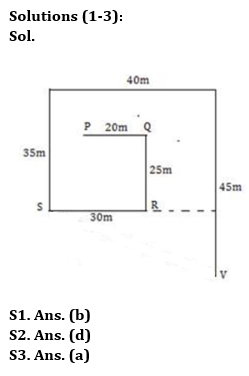
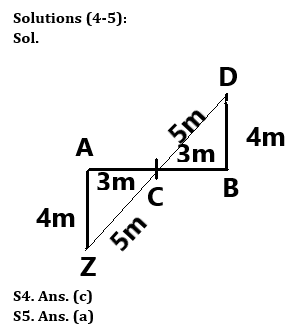
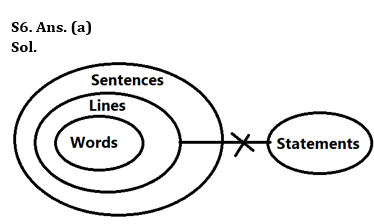
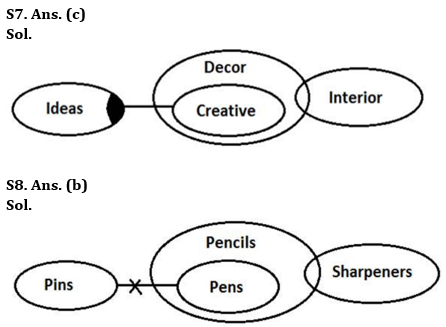
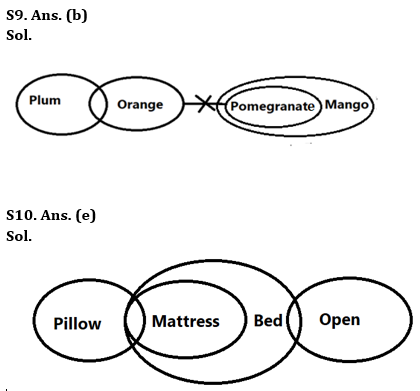

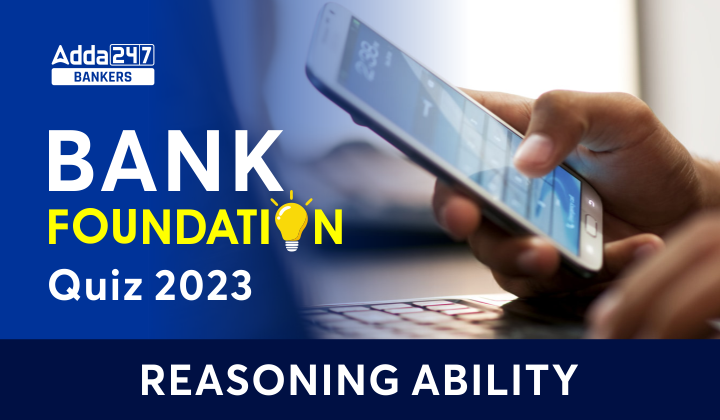
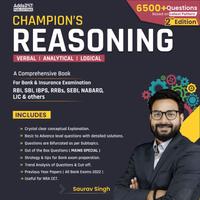


 GA Capsule for SBI Clerk Mains 2025, Dow...
GA Capsule for SBI Clerk Mains 2025, Dow...
 The Hindu Review October 2022: Download ...
The Hindu Review October 2022: Download ...
 World Malaria Day 2025
World Malaria Day 2025




